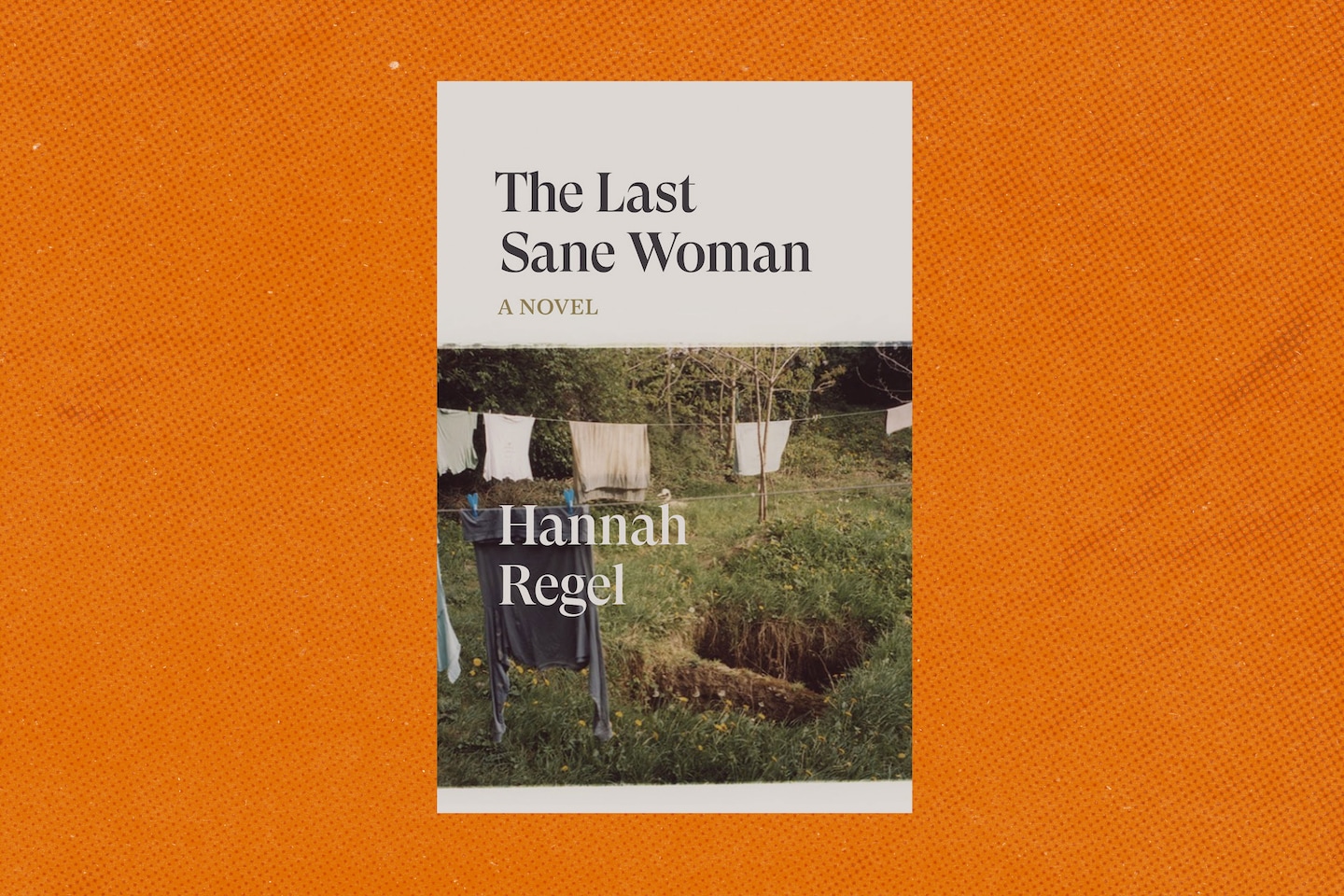
This interpersonal dynamic — a bona fide muddle of subjectivities — creates an unstable narrative context in which the story told and the story read are not easily aligned. The sturdy ground of mutual understanding ebbs; everybody is bound to be a little mistaken.
Hannah Regel’s fictional debut, “The Last Sane Woman,” is a novel about letter writing and letter reading, and so it follows that it is also a story about failures of interpretation. These failures carry painful stakes for the three women at the center of the work — the letter writer, her intended recipient and, 30 years later, a second, unexpected reader — and they stymie the intimacy shared by two of them. “How hard you had to listen through the static of your own feedback for the truth of [friendship],” reflects a character, articulating one of the book’s primary arguments. “How easy it was to read something wrong.”
Regel might have trusted the reader to arrive at this conclusion without such explicit signposting, for “The Last Sane Woman” is an evocative, aching riff on the epistolary tradition. Yoking omniscience together with the first person of written correspondence, the narrative frequently shifts perspective in the space of a chapter, and sometimes even within paragraphs. This patchwork structure mimics the characters’ fragmented attention, the quotidian disruptions that impede one’s ability to write or read. But even more potently, it positions the letters as shared terrain, a mutual yet combative psychic space in which three women collide, their separate realities scraping against each other, producing chasms of misunderstanding and, in the most pernicious cases, delusion.
The novel begins with Nicola Long, a young, ambivalent woman with a degree in sculpture. After graduating, she moved to London, determined to realize her creative ambitions, but a few years later “she had not been able to catch whatever it was she thought she’d seen coming towards her.” She instead supports herself with a wearisome dead-end job, her artistic drive supplanted by torpor and malaise. One day, Nicola happens upon the Feminist Assembly, “a small, underfunded archive dedicated to women’s art,” and enters with the aim of reading “about women who can’t make things” — that is to say, “the trouble a person might have with making things. About what might stop a person from … making art. … Like money.”
Nicola’s wording suggests that she’s not seeking inspiration but rather a less galvanizing effect: The satisfaction of resonance? Permission to relinquish a dream? In any case, she has come to the Feminist Assembly “to wallow” rather than to be motivated.
The archivist, Marcella Goodwoman, guides Nicola to a set of letters written by a potter over the course of 12 years — from 1976 until 1988, when she purportedly died by suicide — to her friend Susan Baddeley. The potter, readers learn, is a woman named Donna Dreeman, but she never identifies herself in the correspondence, and Marcella cannot remember her name. (Susan’s letters to Donna are not included in the set, and the reader is privy only to a fragment of one of them.)
Donna’s anonymity renders her the ideal canvas for Nicola’s projections. She is a character, more fiction than flesh, and her letters compose a serialized narrative that Nicola follows with rapidly intensifying obsession. She seizes upon coincidental similarities, desperate for the steadying coherence of destiny: She and Donna grew up in the same town; they both went to school to study ceramics. Eventually, Nicola stops working so that she can devote her days to poring over Donna’s correspondence, copying passages and, when the resonance of Donna’s impressions grows too overwhelming, “press[ing] her forehead against the page … so as to absorb it completely.”
Regel is a poet: Before this novel, she published two collections of verse, “When I Was Alive” (2017) and “Oliver Reed” (2020). She brings the same keen eye for human idiosyncrasy and the same intuitive muscular command of figurative language to “The Last Sane Woman.” When Donna writes to Susan, “You don’t know how lucky you are!” — remarking upon the safe predictability of her life — it feels, to Susan, “like stepping on a pin.” Nicola fantasizes about having a piece of her skull removed to “once again let the wonder in.” Yet, for all the pleasure of Regel’s precise, fleshy imagery, it sometimes has the effect of homogenizing the three women’s perceptions in a way that counteracts her astute, often heartbreaking portrayal of women too blinkered by their dissatisfactions to regard others with clarity.
Nicola’s obsession with Donna is rooted in a hungry, needy desire: to establish her own artistic legacy by posthumously securing Donna’s — to merge their aims, their ambitions. But one wonders if Nicola could divine them in the first place. When one’s vision is clouded with meanings we’ve imposed, the text before us will be hard to see.
Rachel Vorona Cote is the author of “Too Much: How Victorian Constraints Still Bind Women Today.”




